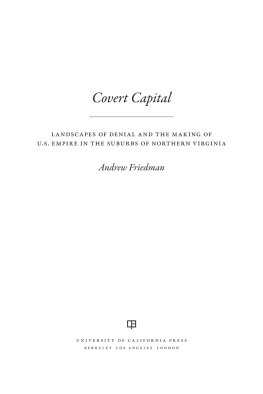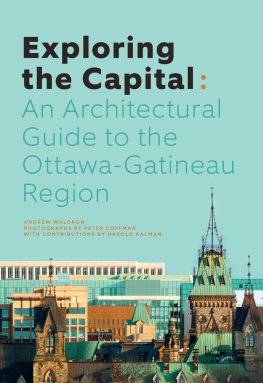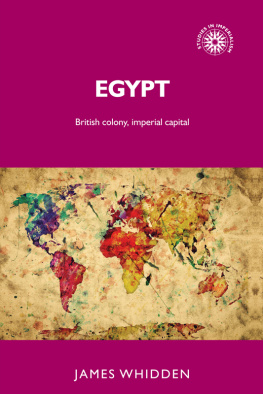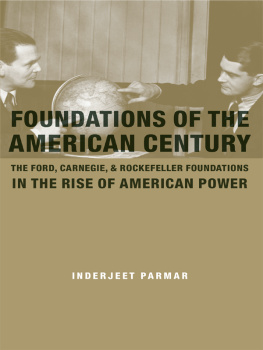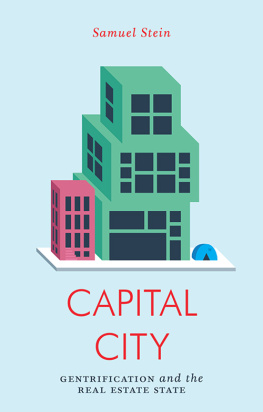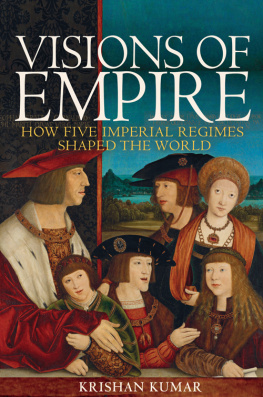
Covert Capital
The publisher gratefully acknowledges the generous support of the Fletcher Jones Foundation Humanities Endowment Fund of the University of California Press Foundation, which was established by a major gift from the Fletcher Jones Foundation.
Covert Capital
LANDSCAPES OF DENIAL AND THE MAKING OF
U.S. EMPIRE IN THE SUBURBS OF NORTHERN VIRGINIA
Andrew Friedman

UNIVERSITY OF CALIFORNIA PRESS
BERKELEYLOS ANGELESLONDON
University of California Press, one of the most distinguished university presses in the United States, enriches lives around the world by advancing scholarship in the humanities, social sciences, and natural sciences. Its activities are supported by the UC Press Foundation and by philanthropic contributions from individuals and institutions. For more information, visit http://www.ucpress.edu.
University of California Press
Berkeley and Los Angeles, California
University of California Press, Ltd.
London, England
2013 by The Regents of the University of California
Library of Congress Cataloging-in-Publication Data
Friedman, Andrew, 1974
Covert capital : landscapes of denial and the making of U.S. empire in the suburbs of Northern Virginia/Andrew Friedman.
pages cm. (American crossroads ; 37)
Includes bibliographical references and index.
ISBN 978-0-520-27464-8 (cloth : alk. paper) ISBN 978-0-520-27465-5 (pbk. : alk. paper)
eISBN 9780520956681
1. Intelligence serviceUnited StatesHistory. 2. Federal areas within statesVirginia. 3. Virginia, NorthernBuildings, structures, etc. I. Title.
JK 468. I 6 F 762013
327.127300975529dc232013015305
Manufactured in the United States of America
22 21 20 19 18 17 16 15 14 13
10 9 8 7 6 5 4 3 2 1
In keeping with a commitment to support environmentally responsible and sustainable printing practices, UC Press has printed this book on Rolland Enviro100, a 100% post-consumer fiber paper that is FSC certified, deinked, processed chlorine-free, and manufactured with renewable biogas energy. It is acid-free and EcoLogo certified.
For Asali
AMERICAN CROSSROADS
Edited by Earl Lewis, George Lipsitz, George Snchez, Dana Takagi, Laura Briggs, and Nikhil Pal Singh
CONTENTS
Introduction
THE SUBURBS OF NORTHERN VIRGINIA once formed part of the nations capital. They werent suburbs then. They were a mix of farms, parade grounds, colonial ports, and small incorporated towns and villages. Still, their lands joined with the topography of Maryland to create the District of Columbias square political boundaries. Each state willed its acreage as a gift, as a testament to the project of the nation. Majestically linked by the Potomac River, the square is still visible on any map.
In 1846, in a racialized protest leading up to the Civil War, Virginia took its land back. Like many rural areas near cities, the land eventually filled with suburbs. But the severed part of the capital remained. Like a phantom limb, grafted onto DC, it waited to receive its secret geopolitical mandate.
Its covert capital destiny.
With the suburbs, the landscape became known as the Dulles Corridor, a twenty-five-mile-long swath of land that stretches from the border of DC at the Pentagon and National Airport in a northwesterly angle all the way to Dulles International Airport in Virginia. The first major federal government development completed in the areaNational Airport in 1941 and the Pentagon in 1943went up as islands in the section of Virginia that had once been part of the District, located directly west of the DC line. In 1961, the direction of development changed. Rather than continuing apace to the west, building shot into the exurban north, with the opening of the CIA headquarters at Langley.
This book chronicles how the landscape that consolidated along this corridor served as the domestic front for a distinct epoch in American imperial policy. By studying the landscapes close interweaving of national security institutions, houses for covert agents, and sprawling suburbs, I reveal how the geography of empire established abroad by the United States reproduced itself at home in architecture and spatial relations, and how that home front, in turn, incubated the empire.
For years, scholars have explored how the United States history of racial nationalism and exploitation, extreme violence and extermination, and the production of national space through territorial seizure and dispossession provided the content for the empire of liberty that Thomas Jefferson had already declared by the nations founding. After World War II, in the face of a shaken European colonialism, the nation held a preponderance of power that allowed it to order and reorder a world, in historian Walter LaFebers words, safe and assessable for the American economic system, guided by a hunger for raw materials, export markets, and labor. In this new role, the United States shepherded the expansion of U.S.-shadowed multinational capitalism into a global free market that was inherently less than free and, in the name of order, incessantly sowed disorder. As the United States took up its role as both the patron of European empires and their self-appointed heir, the trade wars of the new superpowers became, in some parts of the world, a war on life itself.
Americas redesigned approach to the globe after World War II arose with a new kind of capital city. It appeared in the Dulles Corridor and gave DC its contemporary metropolitan shape. Unlike those in many suburbs, the major highwaysthe Capital Beltway 495, opening in 1964, and I-66, which came even laterfollowed, rather than led, much of the development. Rather, the Dulles Corridor essentially tracked local roads along the northsouth axis of Fairfax County, which since colonial times linked the slave port of Alexandria with the city of Leesburg. Less developed and more isolated than the lands to the south, this canvas allowed covert agents to design their own spaces anew, to create a landscape where their proximity and secrecy coalesced in built form. Importantly, the corridor, as though remembering its old union with the capital, rarely dips below the southern limit of the District of Columbia.
Seen in this way, in its narrower iteration, the Dulles Corridor leaks out from its eastern border at the Pentagon and National Airport in a thin V, perhaps five miles across at its widest point. On the north, it is bordered by the Potomac River, as it snakes up from Washington. The southern border is Route 7, until it reaches the Dulles Access Road, where it banks harder to the west on the way to Dulles Airport. In the corridors wider version, one could extend the southern boundary to Route 236 (Little River Turnpike) to include Vienna, Falls Church, Oakton, Reston, Baileys Crossroads, and Fairfax. Even drawn this way, it is nowhere more than eighteen miles wide.
Together, these three designators give the Dulles Corridor the shape of a pitchforks head, with its base below old Hells Bottom, the swamp where the Pentagon was built. Although the long tines are distinctly apparent on maps, someone placed inside the Dulles Corridor would have a hard time knowing they were in a covert capital, or a place connected to U.S. imperialism or U.S. governance at all. The suburban built environments own power contributed to this. The fifties and sixties were a time when Northern Virginia residents were actively overthrowing democratic Guatemala and Iran in covert coups, attempting to overthrow the governments of Costa Rica and Syria, and directing the national fate of the Congo. They invaded Cuba at the Bay of Pigs, sent troops to occupy Lebanon and the Dominican Republic, supported coups and determined governments in Brazil and Guyana, and traveled from the Dulles Corridor to establish a lasting American presence in a Vietnam that was casting off the yoke of European colonial rule.

